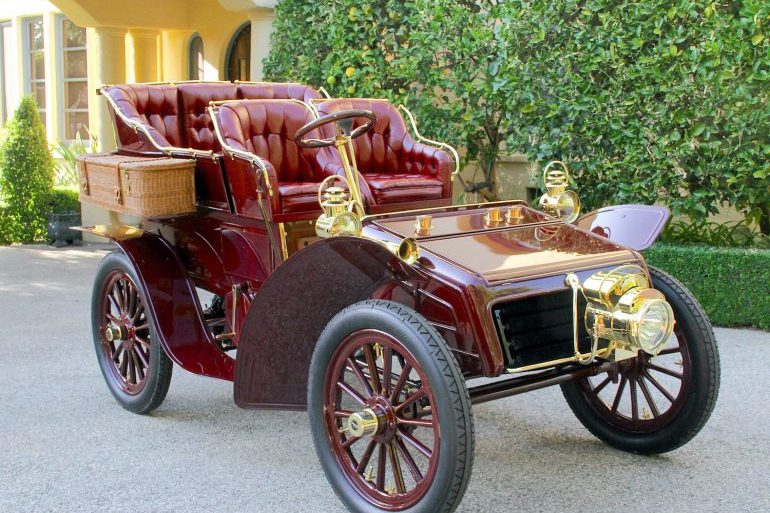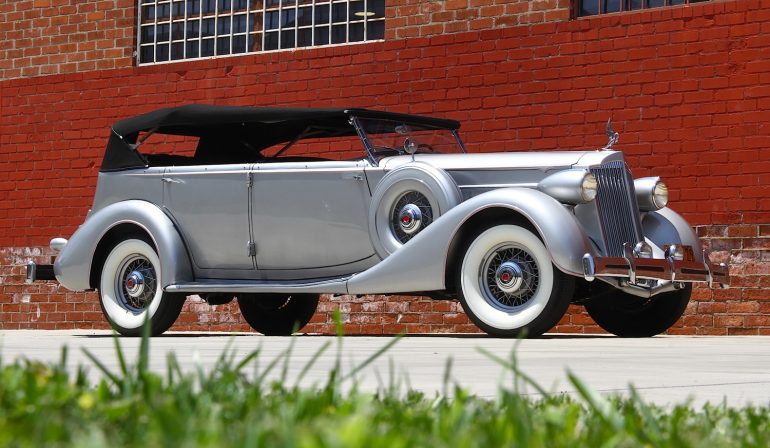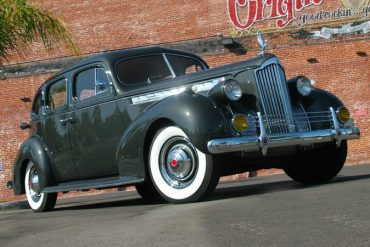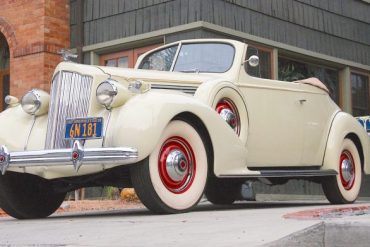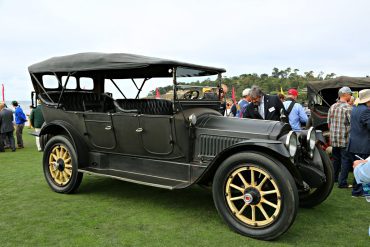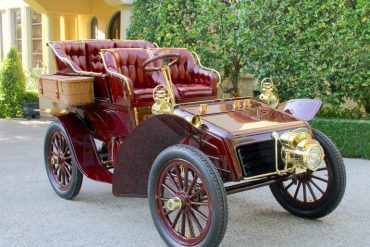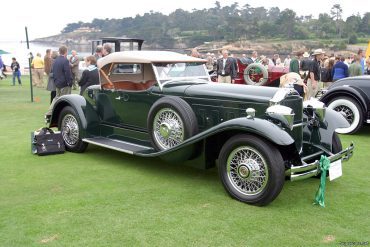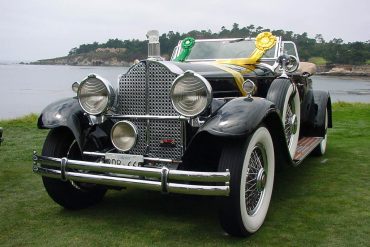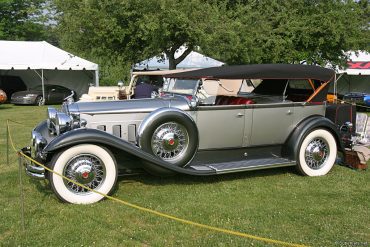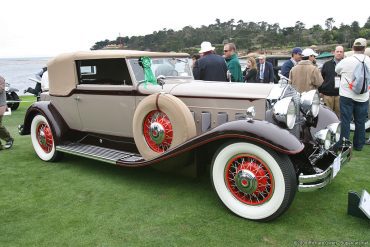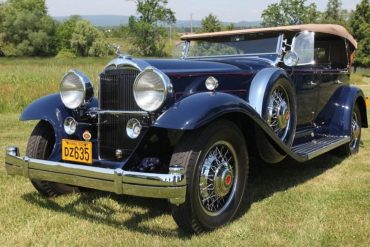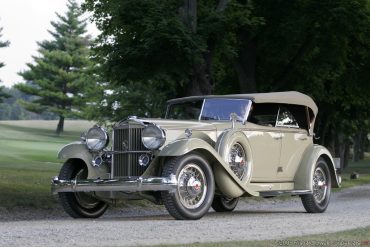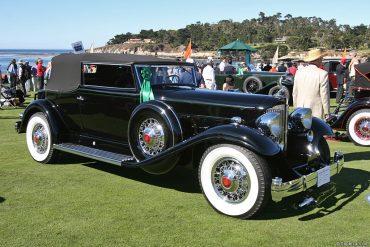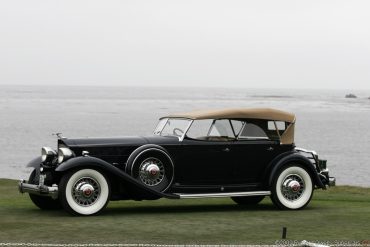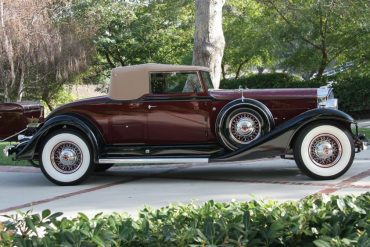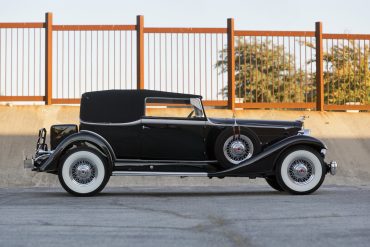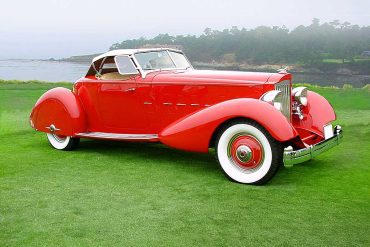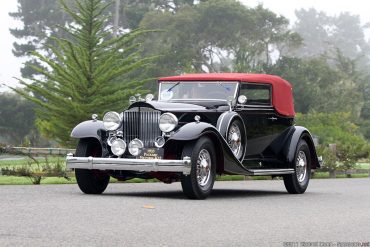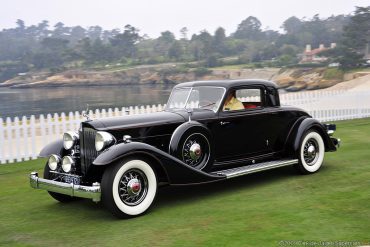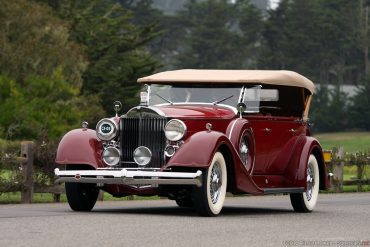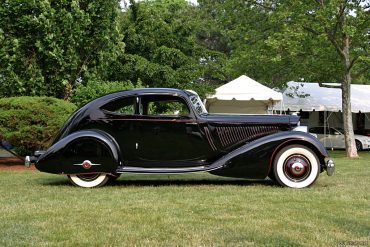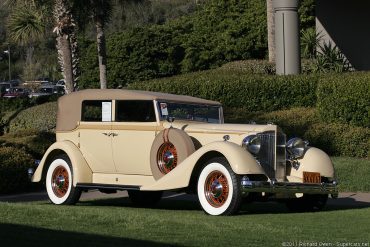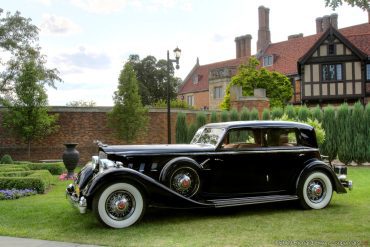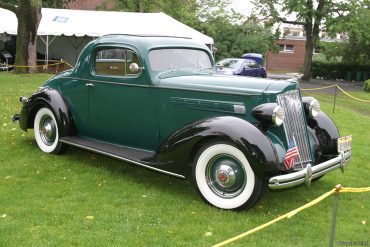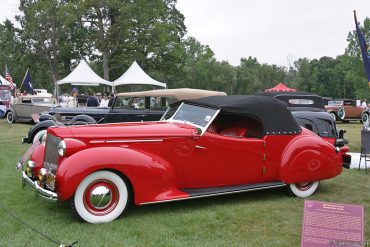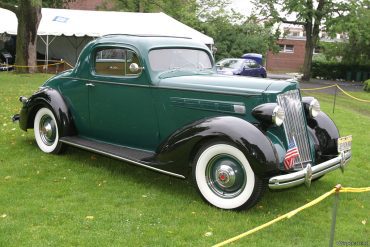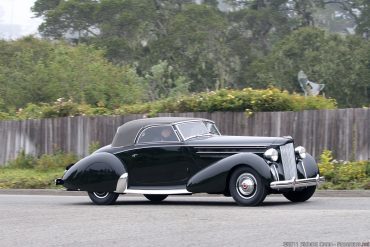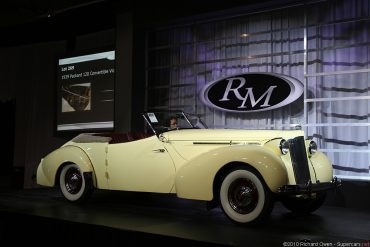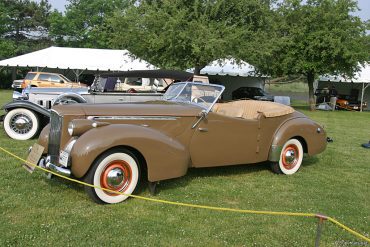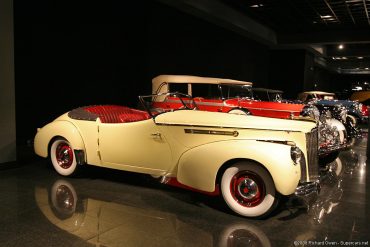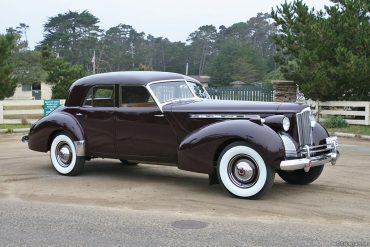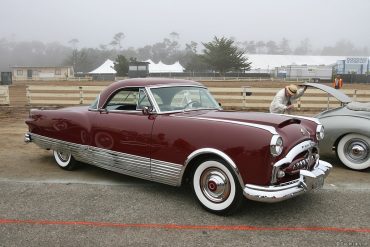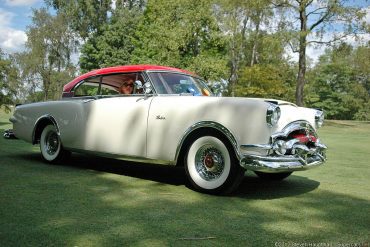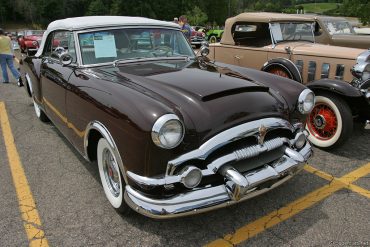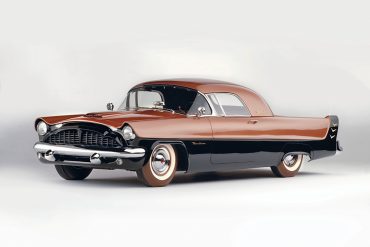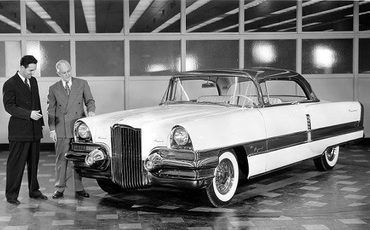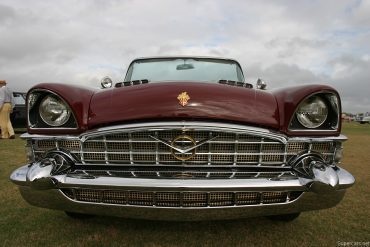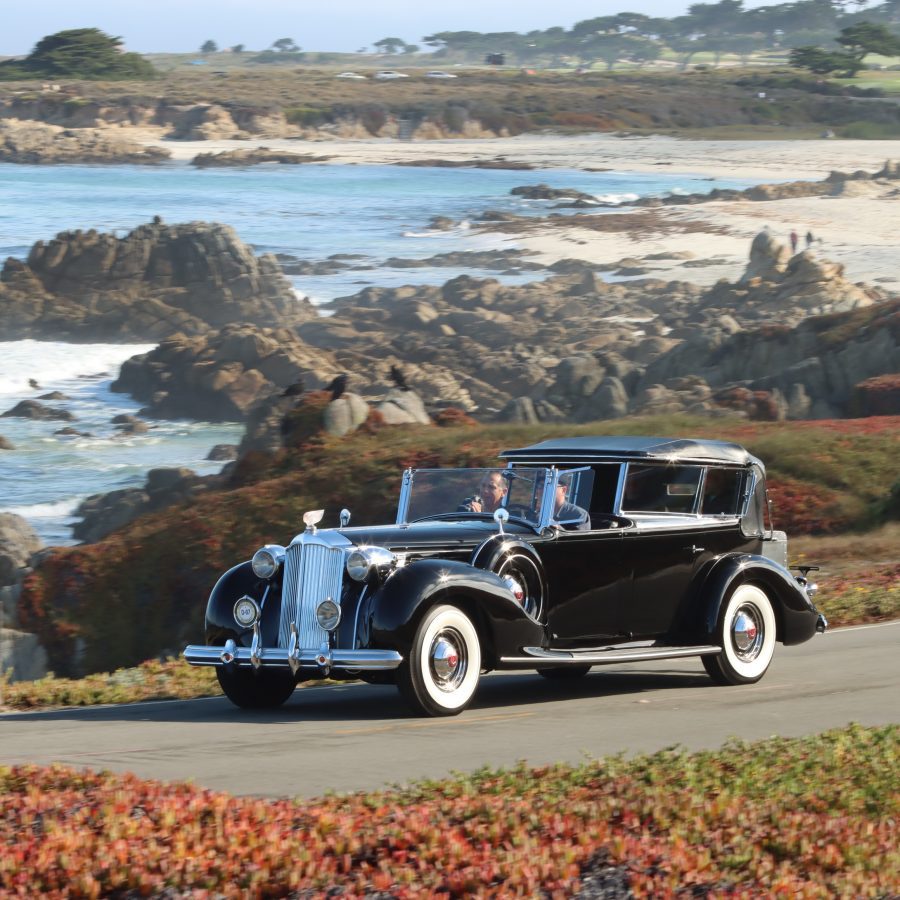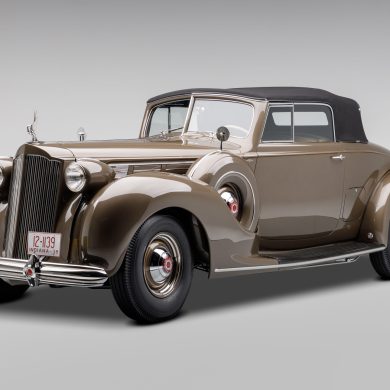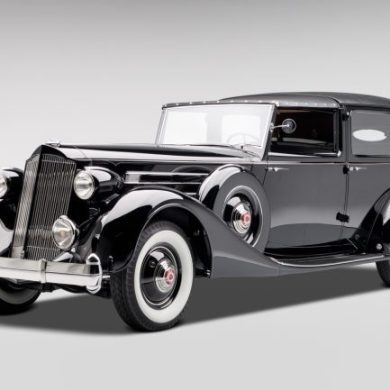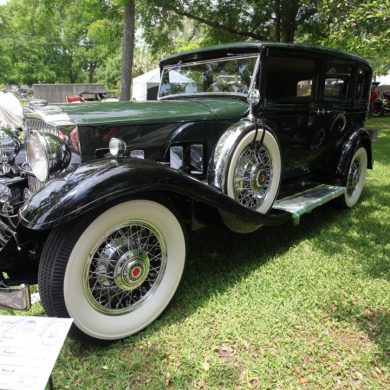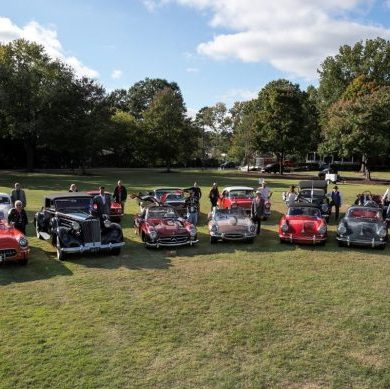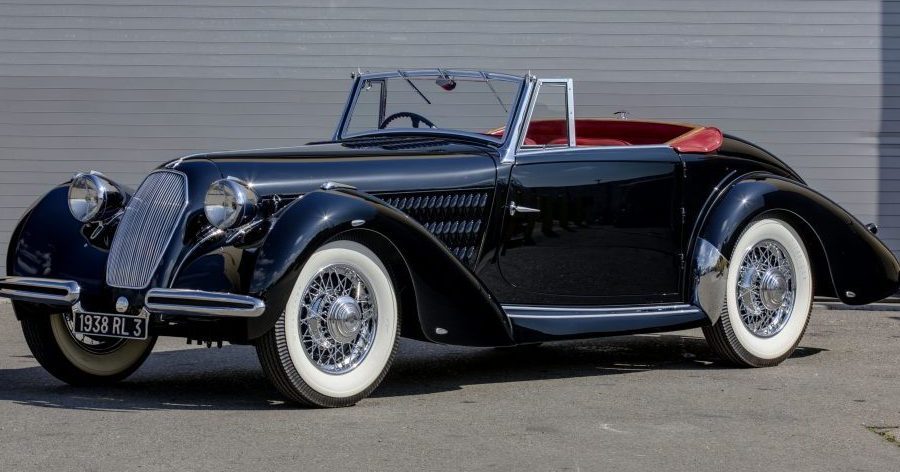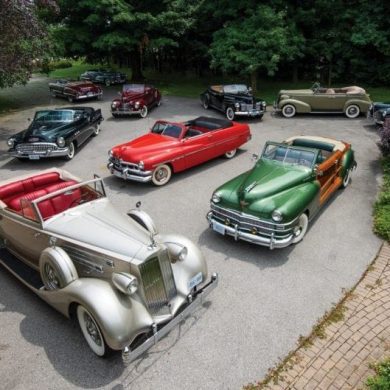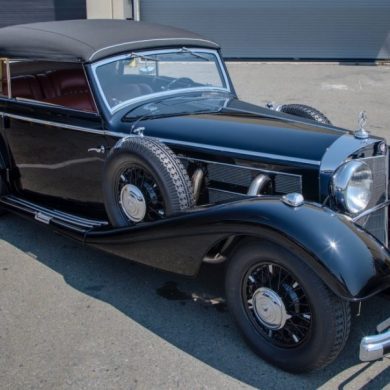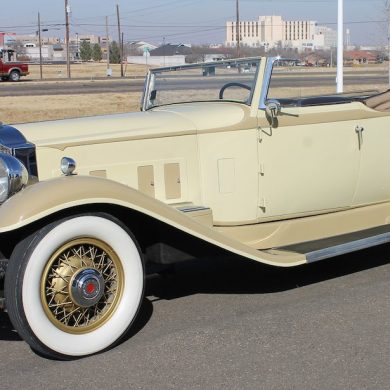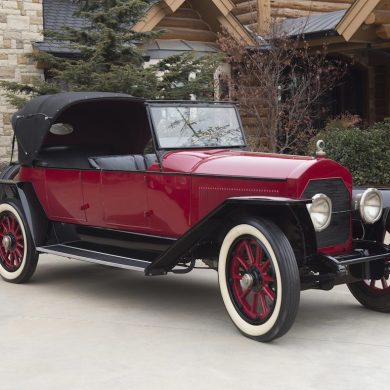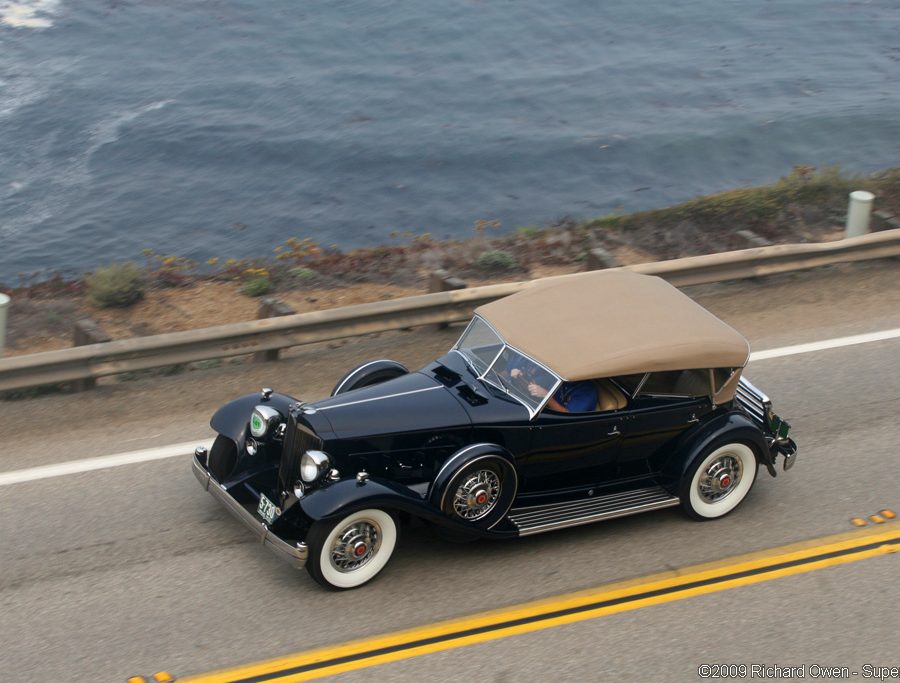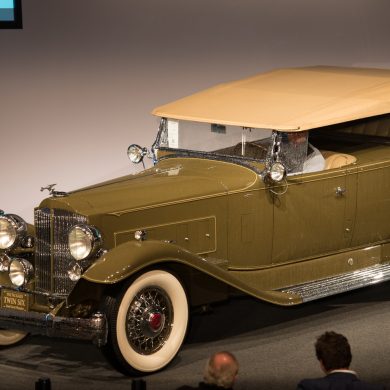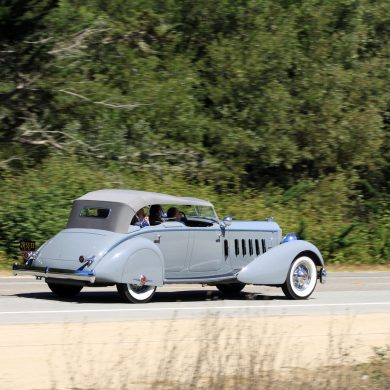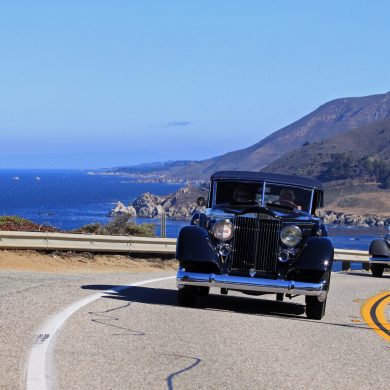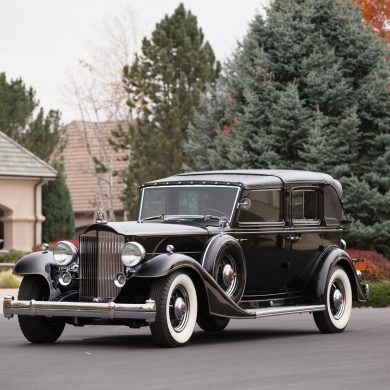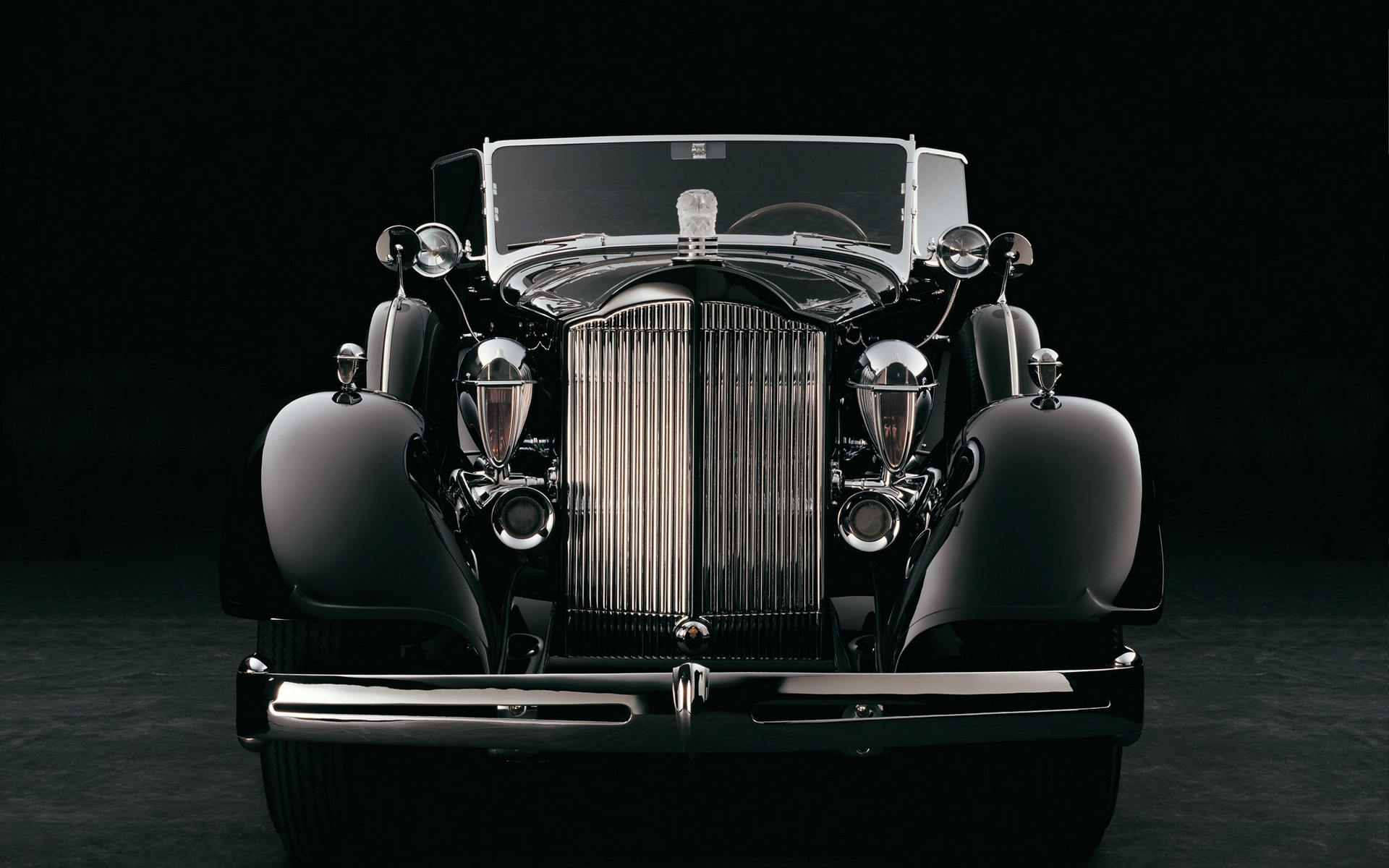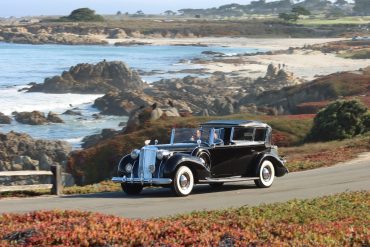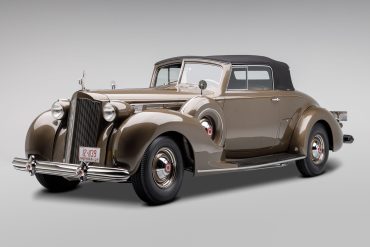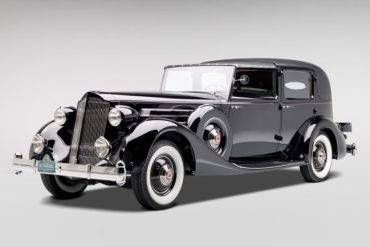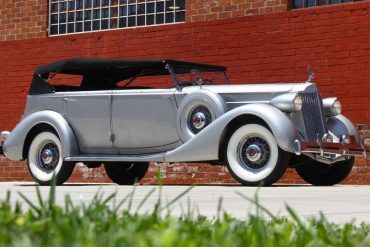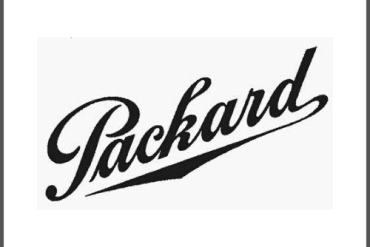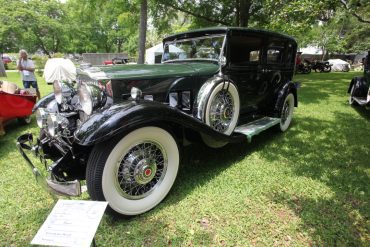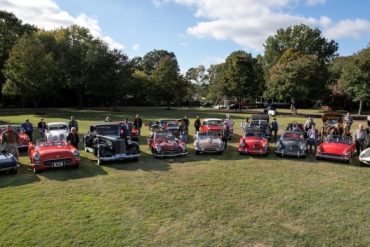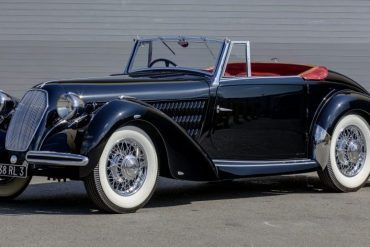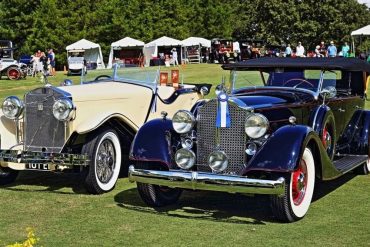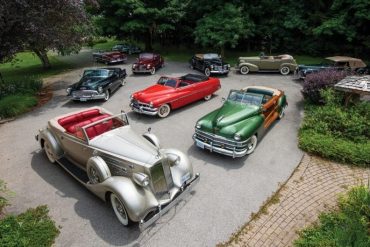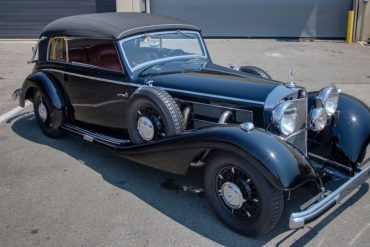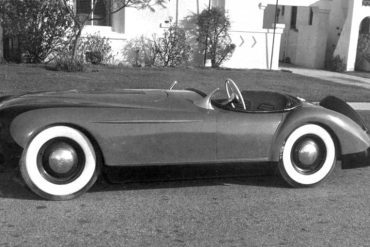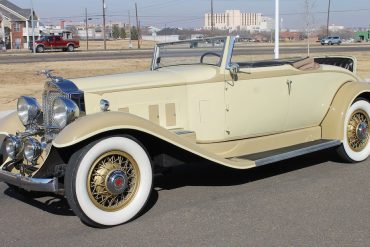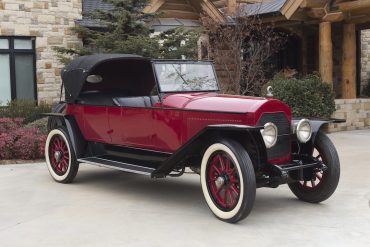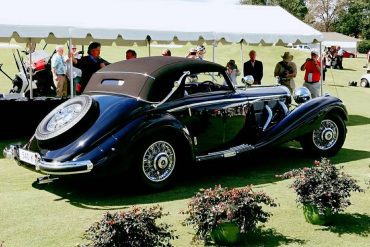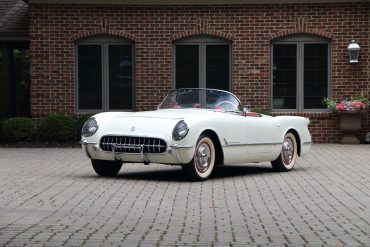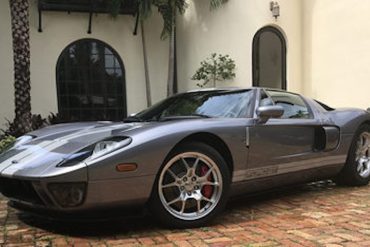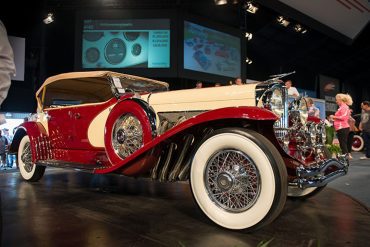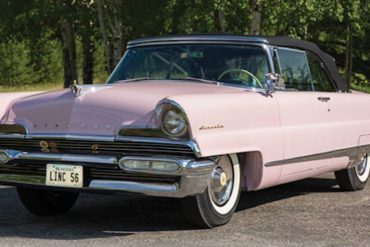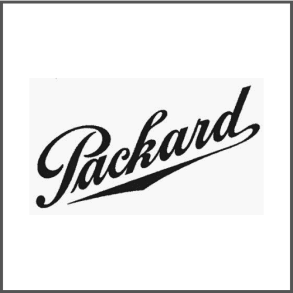
Packard
Research, History, Reviews, Media & More
Model Guides / Images & Videos / News & Updates / Featured Stores / The Market / Events
Packard: The Epitome of American Luxury and Engineering Excellence
Packard was more than just a car brand; it was a symbol of American luxury, innovation, and engineering prowess. From its founding in the late 19th century to its peak in the early 20th century, Packard set the standard for what a luxury automobile should be. This post explores the origins of Packard, its illustrious history, the iconic models that defined the brand, and the milestones that solidified its legacy as one of America’s most revered car manufacturers.
The Founding Vision: James Ward Packard
Packard was founded in 1899 by brothers James Ward Packard and William Doud Packard, along with their business partner George Weiss, in Warren, Ohio. The company was born out of James Ward Packard’s dissatisfaction with the Winton automobile he had purchased. Determined to build a better car, Packard and his team focused on quality, innovation, and engineering excellence from the very beginning. The first Packard car, the Model A, was produced in November 1899, and it quickly gained a reputation for its superior craftsmanship and reliability.
The Rise of Packard: Innovation and Luxury
Packard quickly established itself as a leader in the luxury automobile market. The company’s commitment to quality and innovation set it apart from other manufacturers of the time. Here are some key moments in Packard’s history:
The First Steering Wheel (1901):
Packard was one of the first automakers to introduce a steering wheel instead of the traditional tiller used in early automobiles. This innovation not only made driving easier and more intuitive but also set a new standard for the industry.
The "Twin Six" V12 Engine (1915):
In 1915, Packard introduced the "Twin Six," one of the first production V12 engines. This engine was a marvel of engineering, offering unprecedented power and smoothness. It was used in some of Packard’s most luxurious models and solidified the brand’s reputation for high-performance luxury vehicles.
Packard’s Wartime Contributions:
During both World Wars, Packard played a crucial role in supporting the war effort. In World War I, Packard produced Liberty aircraft engines. During World War II, the company manufactured the Packard V-1650, a licensed version of the Rolls-Royce Merlin engine that powered the legendary P-51 Mustang fighter plane.
Introduction of Air Conditioning (1939):
Packard was the first car manufacturer to offer an air conditioning system as an option in its vehicles, starting in 1939. Although it was an expensive and bulky feature at the time, it was a significant innovation that would later become standard in the automotive industry.
The Packard Proving Grounds (1927):
Packard was one of the first automotive companies to build a dedicated proving ground for testing its vehicles. Located in Utica, Michigan, the Packard Proving Grounds featured a high-speed test track and other facilities that allowed the company to rigorously test its cars and push the boundaries of automotive engineering.
Iconic Models: Defining Packard’s Legacy
Throughout its history, Packard produced a number of iconic models that became symbols of luxury, style, and performance. Here are some of the most notable Packard models:
Packard Model 30 (1907-1912):
The Model 30 was one of Packard’s early successes, known for its reliability and advanced engineering. It featured a powerful four-cylinder engine and was a favorite among affluent buyers who wanted a car that could handle long distances with ease.
Packard Twelve (1933-1939):
The Packard Twelve was the pinnacle of luxury during the 1930s. Powered by a smooth and powerful V12 engine, the Twelve was known for its elegance, refinement, and top-tier craftsmanship. It was one of the most expensive cars of its time and remains a highly sought-after classic today.
Packard 120 (1935-1941):
The Packard 120 was introduced as a more affordable alternative to the company’s higher-end models. It allowed Packard to expand its customer base while maintaining the brand’s reputation for quality. The 120 was a huge commercial success and helped the company weather the economic challenges of the Great Depression.
Packard Caribbean (1953-1956):
The Packard Caribbean was one of the most luxurious and exclusive cars of the 1950s. Available as a convertible, the Caribbean featured advanced features like a powerful V8 engine, distinctive styling, and a range of luxury options. It became a favorite among celebrities and affluent buyers, and it remains a collector’s item today.
Packard Patrician (1951-1956):
The Patrician was Packard’s flagship model during the 1950s. It was known for its spacious interior, smooth ride, and elegant design. The Patrician was the epitome of mid-century American luxury and was often used as a limousine for dignitaries and heads of state.
Special Milestones and Achievements
Packard’s history is marked by several significant milestones and achievements that have left a lasting impact on the automotive industry:
Packard’s Presidential Connection: Packard cars were the preferred choice of many U.S. presidents, including Franklin D. Roosevelt, Harry S. Truman, and Dwight D. Eisenhower. The brand’s reputation for reliability, luxury, and discretion made it a favorite among world leaders.
Merging with Studebaker (1954): In an effort to compete with the "Big Three" automakers (Ford, General Motors, and Chrysler), Packard merged with Studebaker in 1954. Unfortunately, the merger did not achieve the desired success, and both brands eventually ceased production.
End of Production (1958): The last true Packard rolled off the assembly line in Detroit in 1956. After that, remaining models were essentially rebranded Studebakers, marking the end of the Packard brand in 1958.
The Enduring Legacy of Packard
Despite its eventual closure, Packard’s legacy lives on as a symbol of American luxury, innovation, and engineering excellence. The brand is remembered for its commitment to quality and its ability to produce cars that were both beautiful and technologically advanced. Packard cars remain highly prized by collectors and enthusiasts, and they continue to be celebrated for their design, craftsmanship, and historical significance.
Conclusion
Packard’s journey from a small startup in Ohio to one of the world’s most prestigious luxury car manufacturers is a story of innovation, perseverance, and a relentless pursuit of excellence. Through its groundbreaking models and commitment to pushing the boundaries of automotive engineering, Packard set the standard for what a luxury automobile could be. While the brand may no longer produce cars, its legacy as a pioneer in the automotive world remains intact, inspiring future generations of car enthusiasts and historians alike.
Packard Basics
Founded: 1899
Founders: James Ward Packard, William Doud Packard, George Lewis Weiss
Defunct: 1962
Fate: Merged with Studebaker to form Studebaker-Packard in 1954; 'Packard' name dropped in 1959
Successor: Studebaker-Packard
Headquarters: Michigan, U.S.
Key people: Henry B. Joy
Did You Know
Packard was founded in 1899 by brothers James Ward Packard and William Doud Packard, along with their business partner George Weiss. James Ward Packard, an engineer, started the company after being dissatisfied with the Winton car he purchased and decided to build a better car himself.
Packard was one of the first car manufacturers to use a steering wheel instead of a tiller. The introduction of the steering wheel in 1901 was a significant innovation, helping to set the standard for modern car design.
Packard’s famous slogan, "Ask the man who owns one," became one of the most successful marketing campaigns in automotive history. The slogan emphasized the brand's reputation for quality and customer satisfaction, encouraging potential buyers to seek testimonials from existing owners.
In the early 20th century, Packard was considered one of the premier luxury car manufacturers in the world. It competed with European brands like Rolls-Royce and Mercedes-Benz, and was known for its elegant designs, advanced engineering, and unparalleled craftsmanship.
In 1939, Packard became the first car manufacturer to offer an air conditioning system as an option in its vehicles. This innovation was a major luxury feature at the time, although it was expensive and bulky, taking up a significant amount of space in the trunk.


